I have been absolutely stunned over the audacity of some people over the past two days.
We have started our annual free plant giveaway at H.G. Blake House. Each year, as I separate plants and thin them out, I pot them and put them by a little gate in the front yard with the same sign each year saying the plants are free for whomever needs them.
As the summer progresses, I add plants as I have them available.
Each year, people have been very kind and respectful of our privacy and have simply taken what they need or want and, if they see us, they say, “Thank you.” This year we even had two very kind people drop off some pots for the giveaway.
However, in the past couple of days, some of those stopping for plants have been completely different from previous years. I have been absolutely astounded at what they are doing.
People have been parking in our driveway, getting out of their vehicles, and then start “shopping” all over our property for plants they want to take! They don’t even bother walking over to the Free Plant sign and seeing it is only THOSE potted plants by the sign before they take off down our driveway, into our backyard (causing an uproar with the dogs, not that these people are paying any heed whatsoever to that), and picking out what plants they want.
Two such people even went so far as to suggest I should have a garage sale and sell my garden ornaments, even telling me which ones they want!
Another couple, after being told that it was only plants by the gate that are available, instead of backing out and leaving, they instead started pulling forward in our driveway and almost ran over one of our dogs. Luckily, a family member stopped them and made them back out.
One set of such “visitors,” after being told that it was not the entire property’s plants that were being given away, had the nerve to ask if we live here. I fail to see why that matters, why it is any of their business, and what it has to do with the free plants.
Sadly, if we continue to have problems such as these we will be ending the free plant program forever.
I have hung a second sign with large red arrows pointing to where the free plants are located in hopes that it will curb the issues we are having this year. I don’t want to end this giveaway because I know there are lots of people who are enjoying the free plants and I hate throwing the plants into the compost pile.
Thank you to all of those who have been so kind and respectful and who are enjoying the plants. You are the ones who make it so enjoyable to do this and make me look for as many different plants as I can for you.


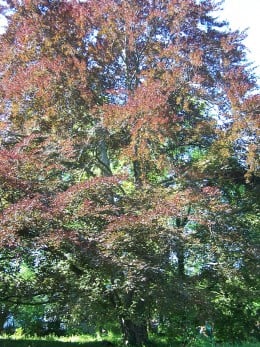
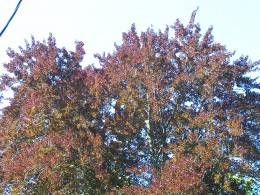
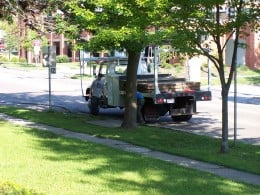

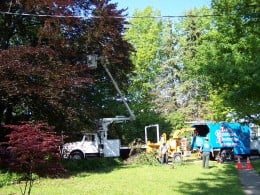


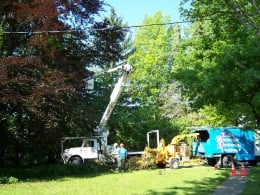
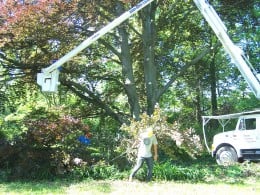
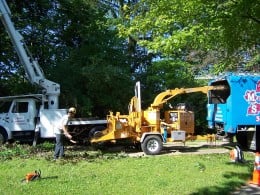
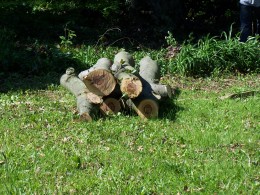

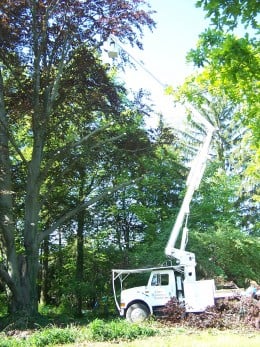


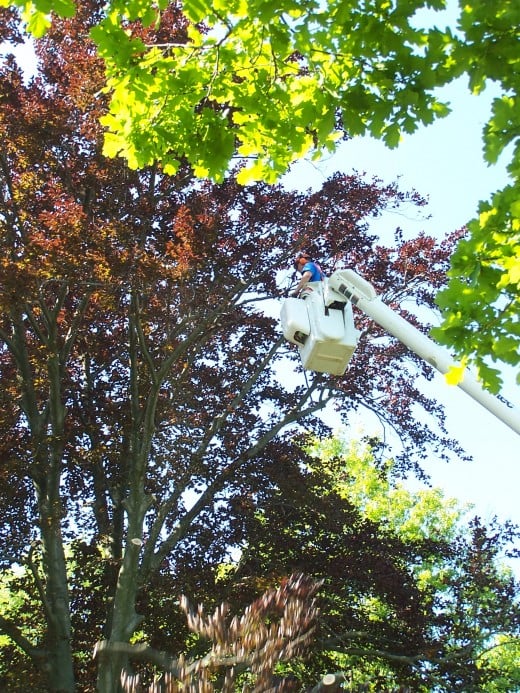
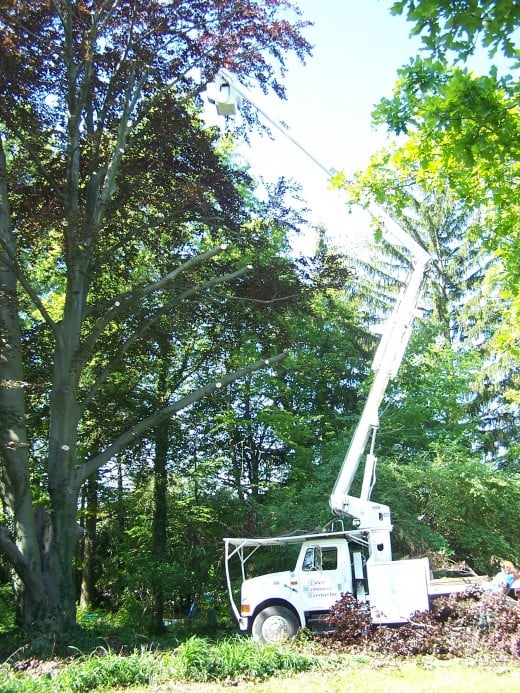
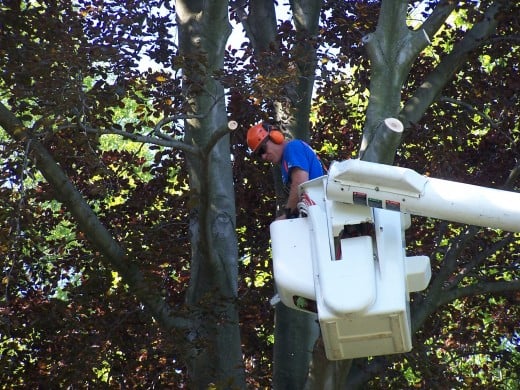
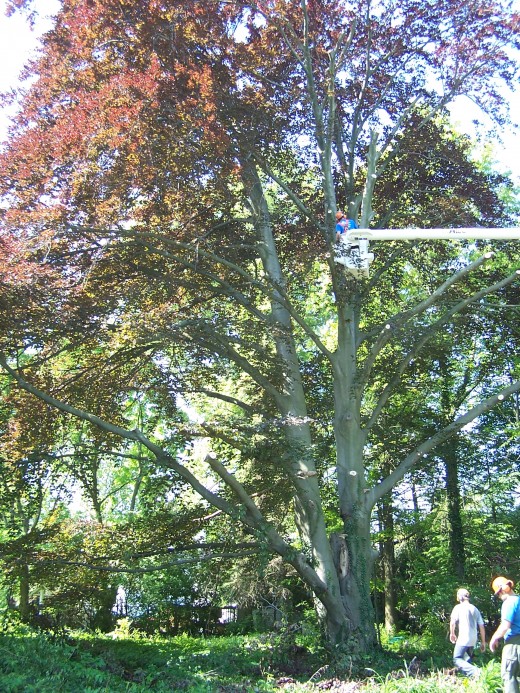
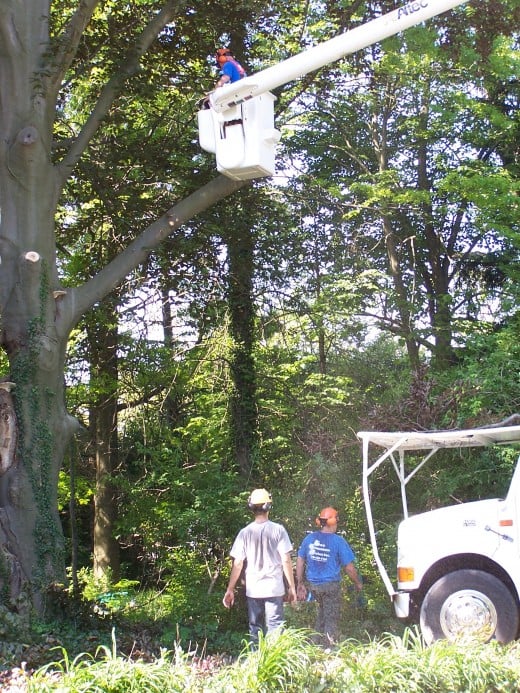
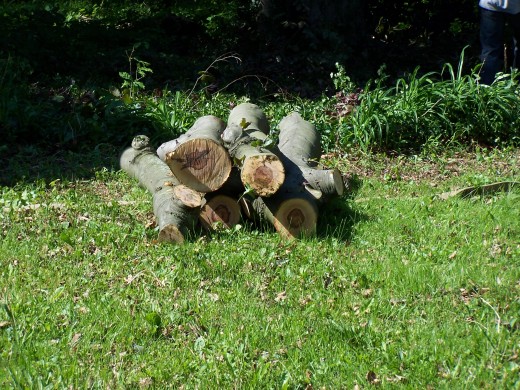
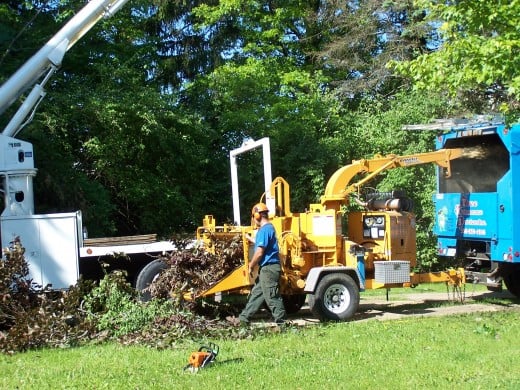
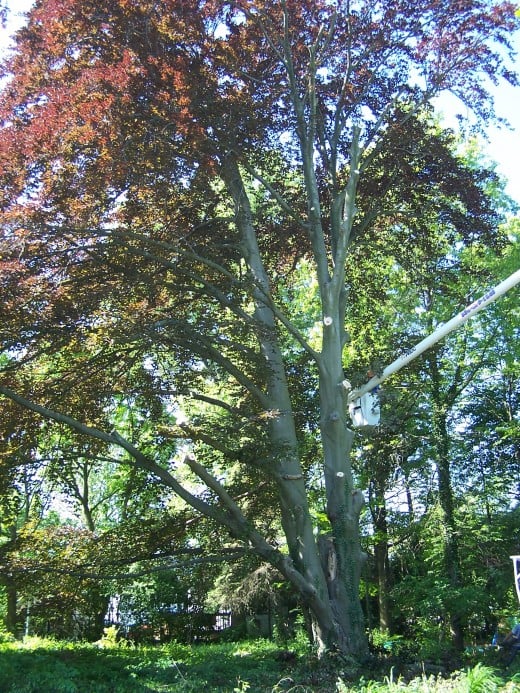
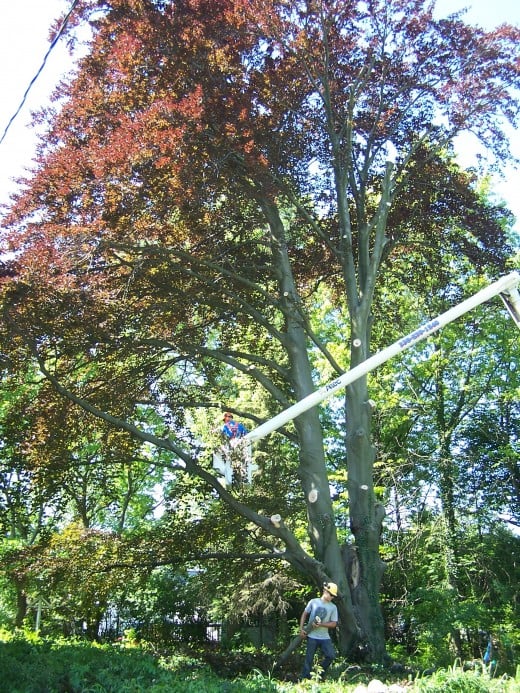

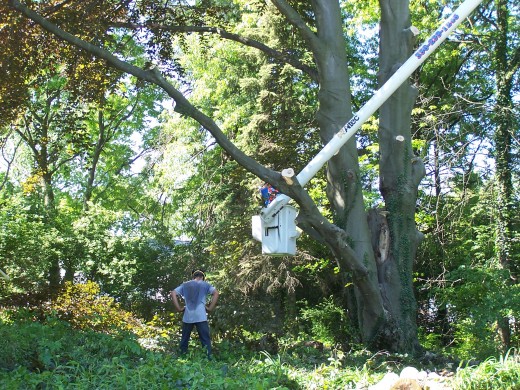
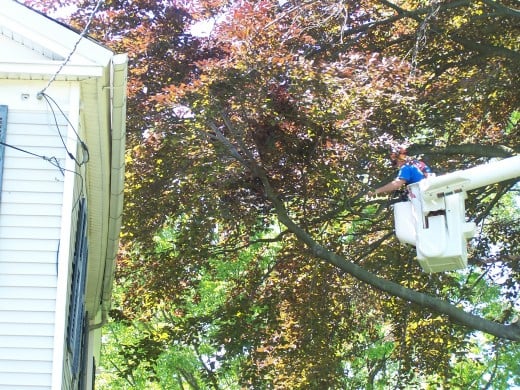
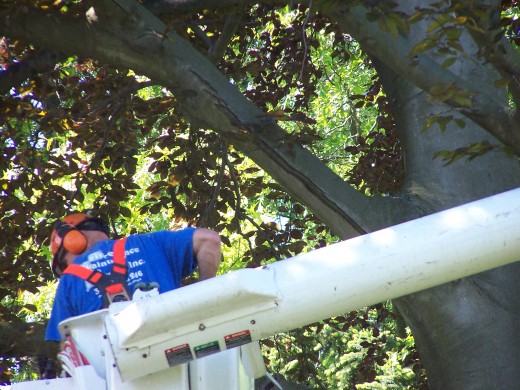
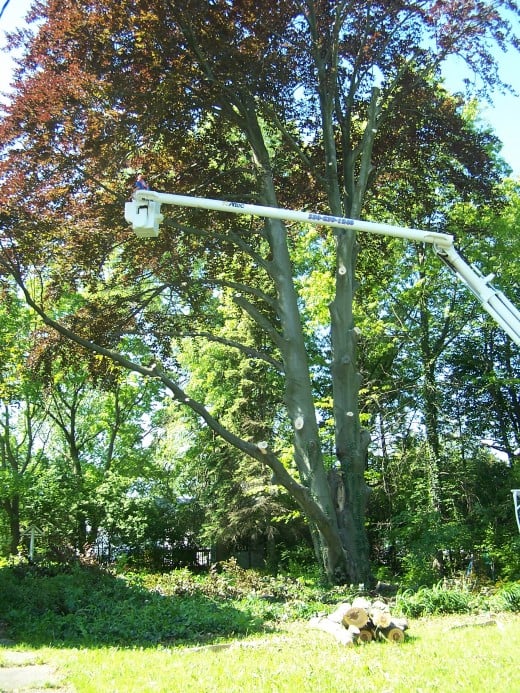
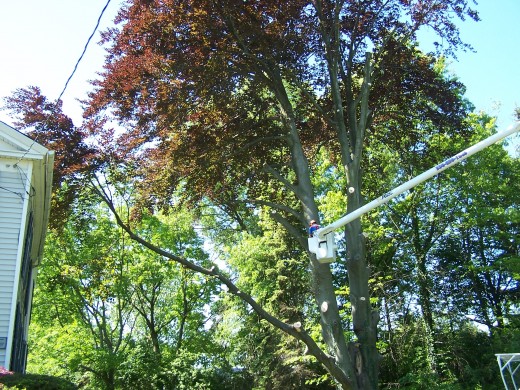
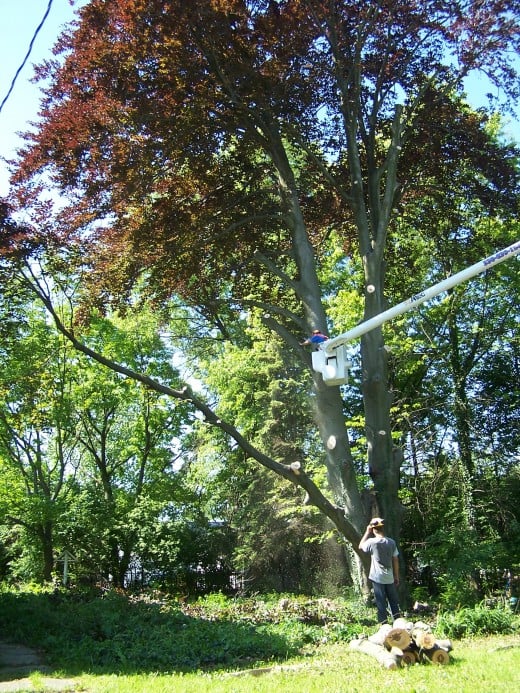
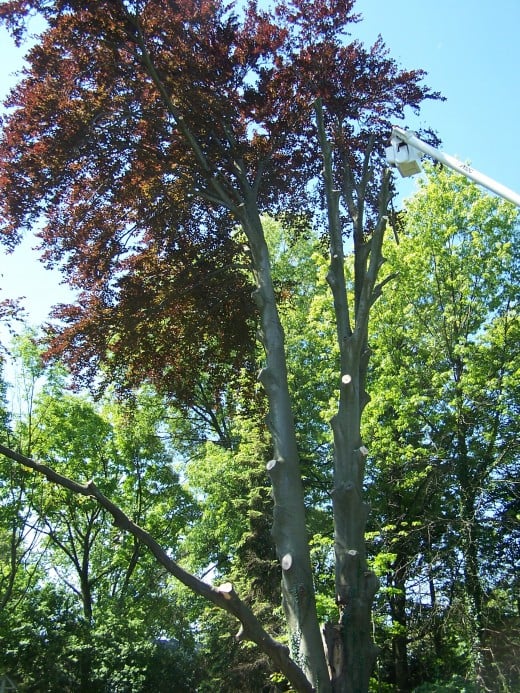
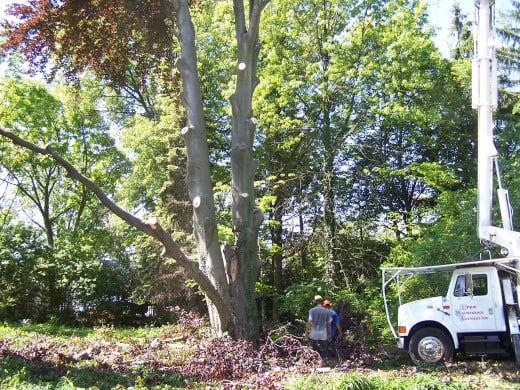


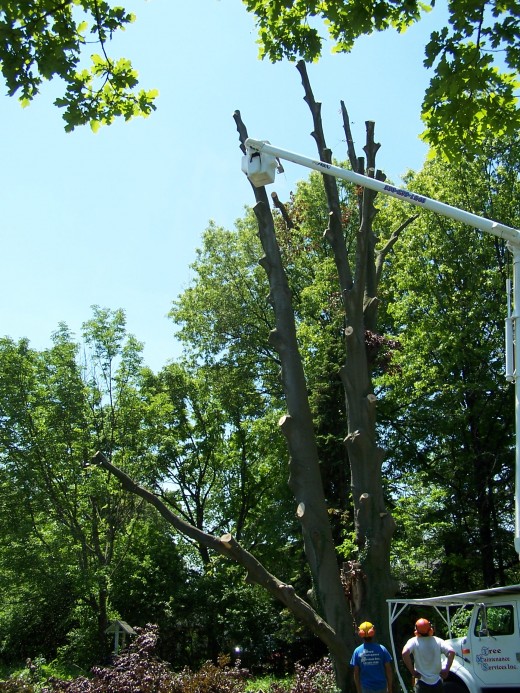
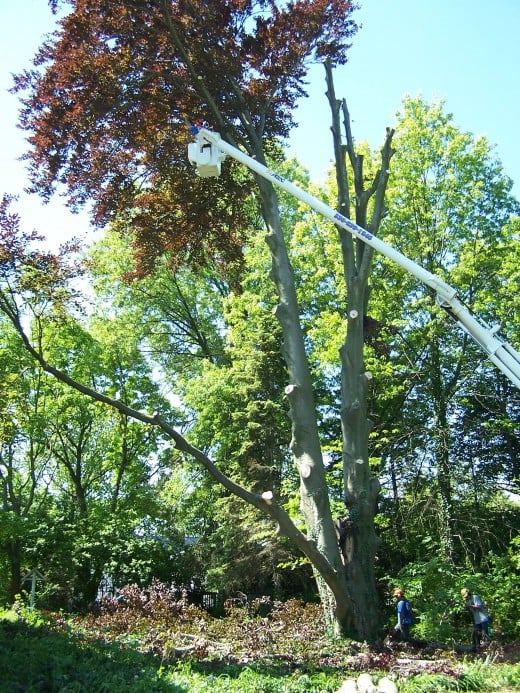
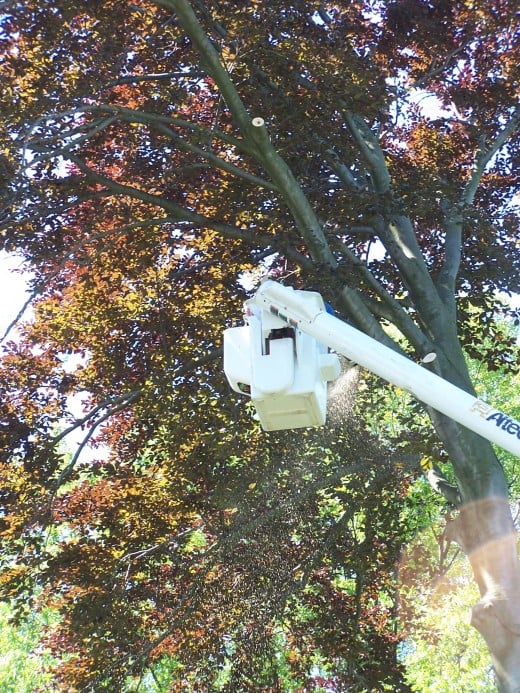

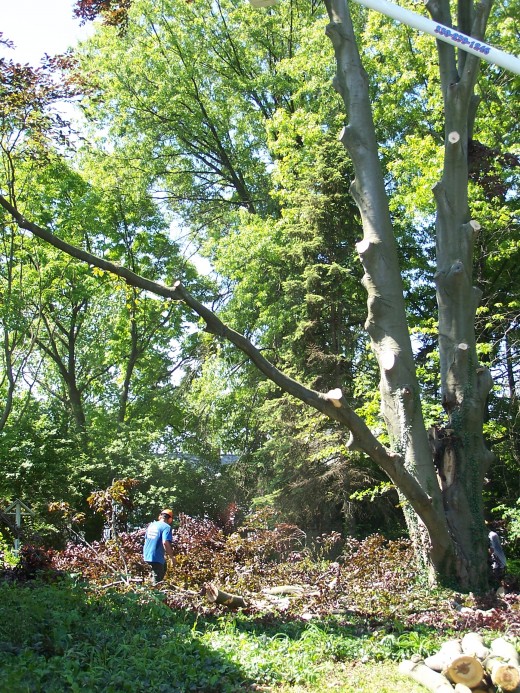


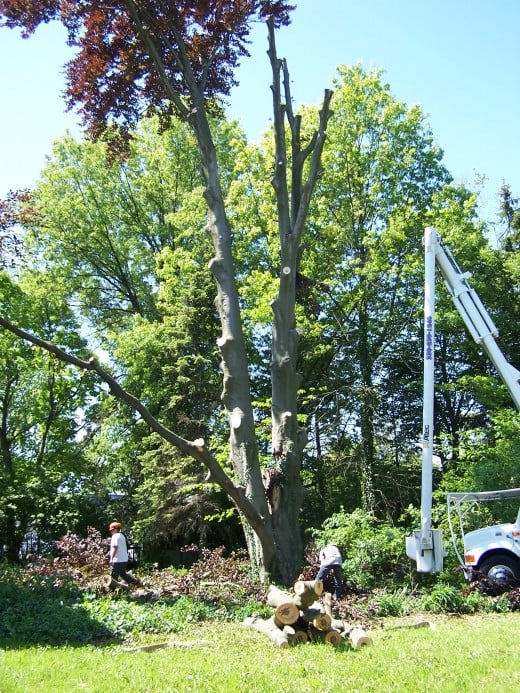
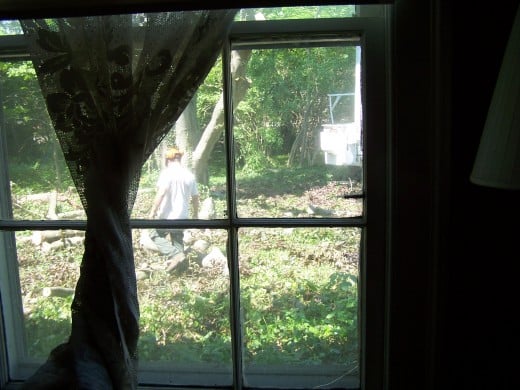
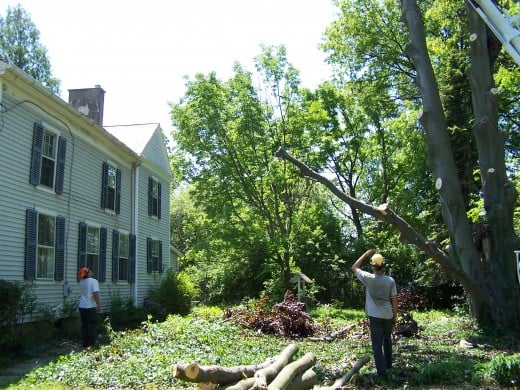
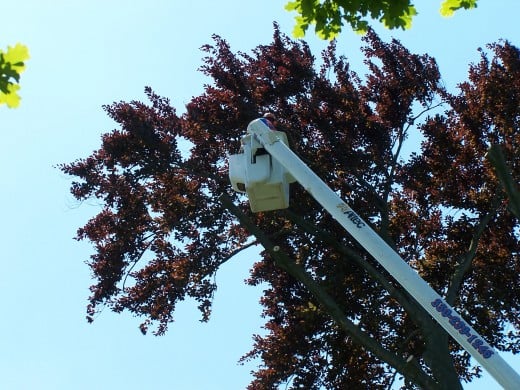
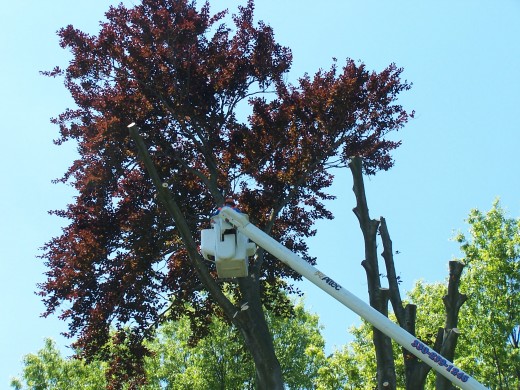
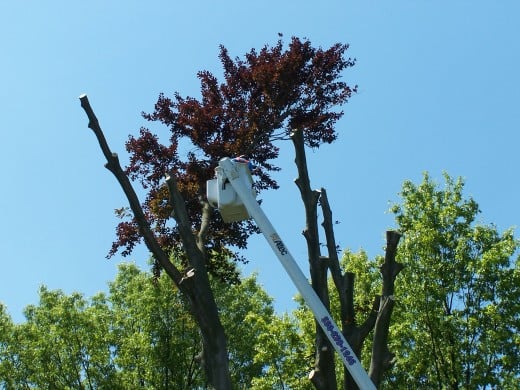
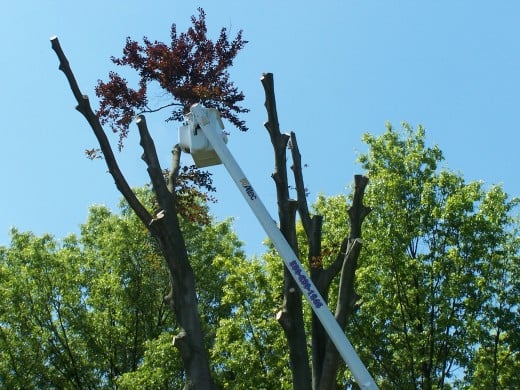
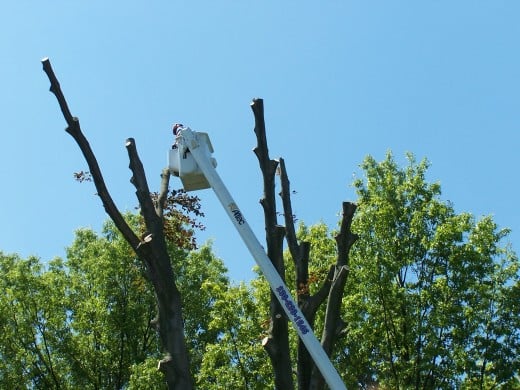
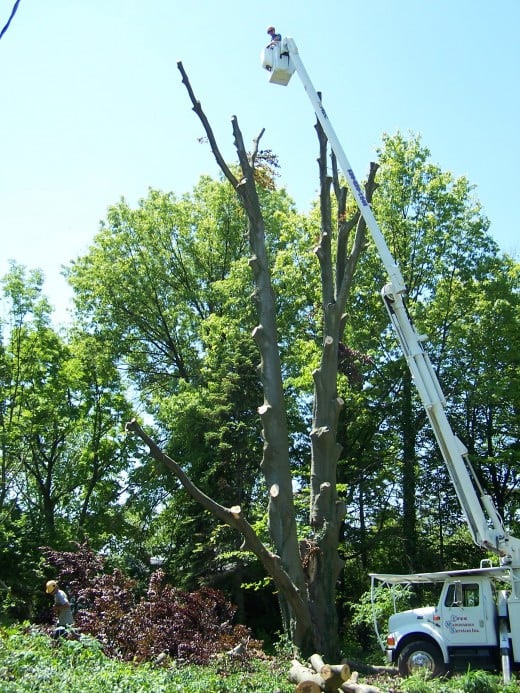
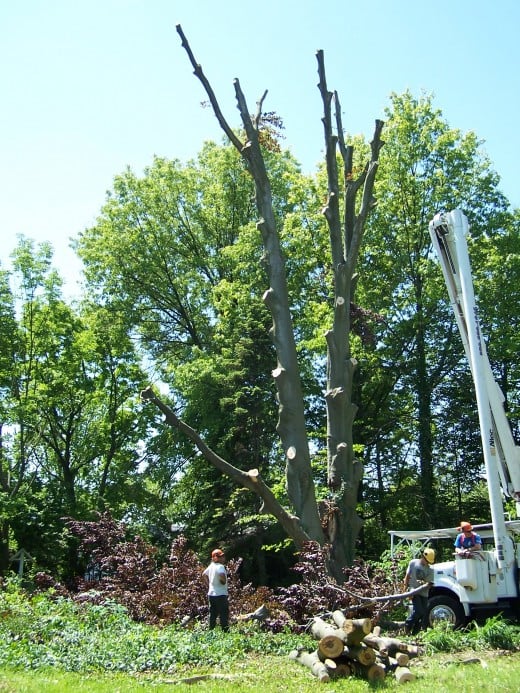
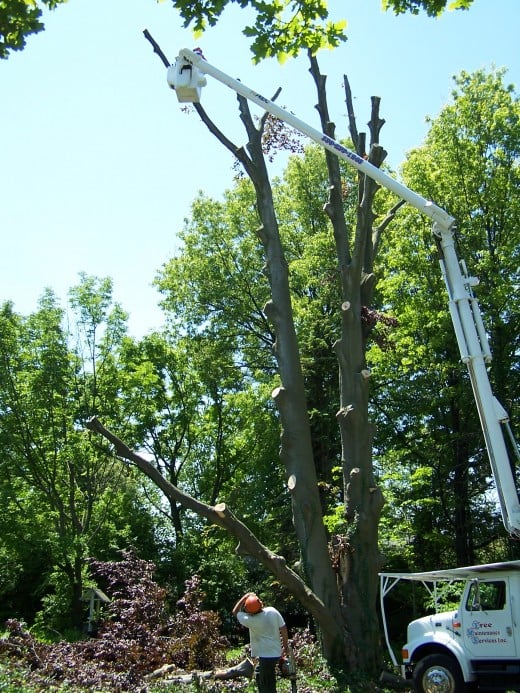
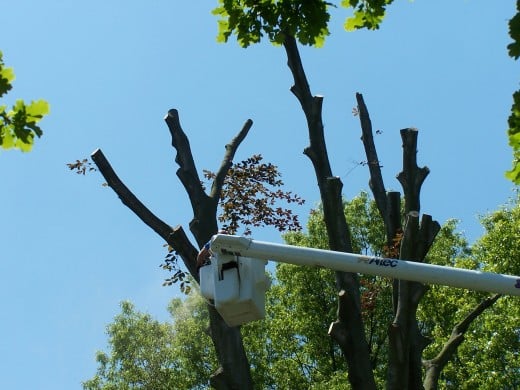
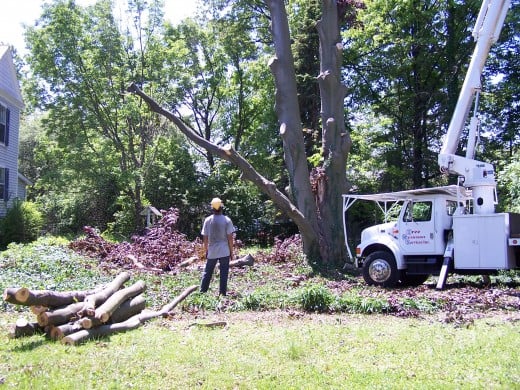

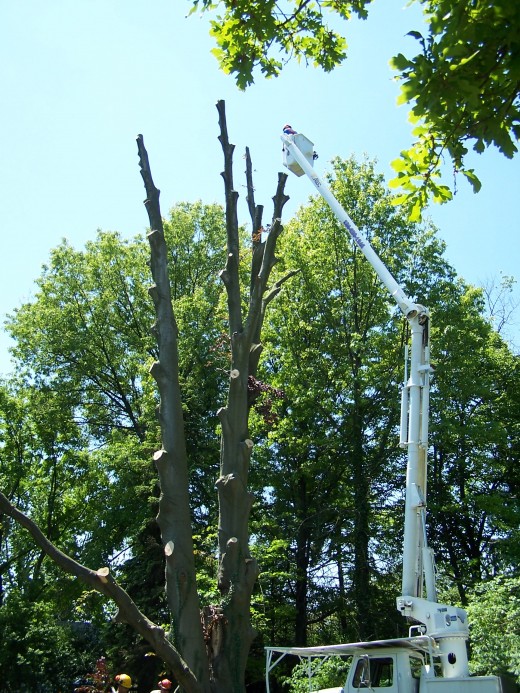
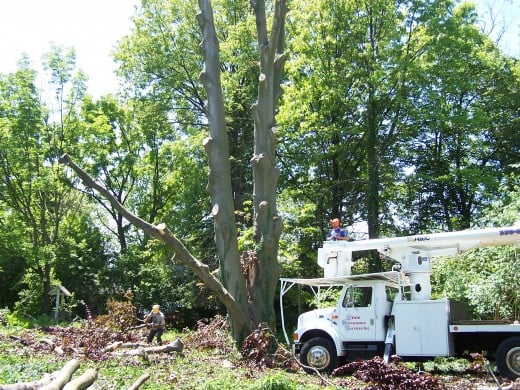
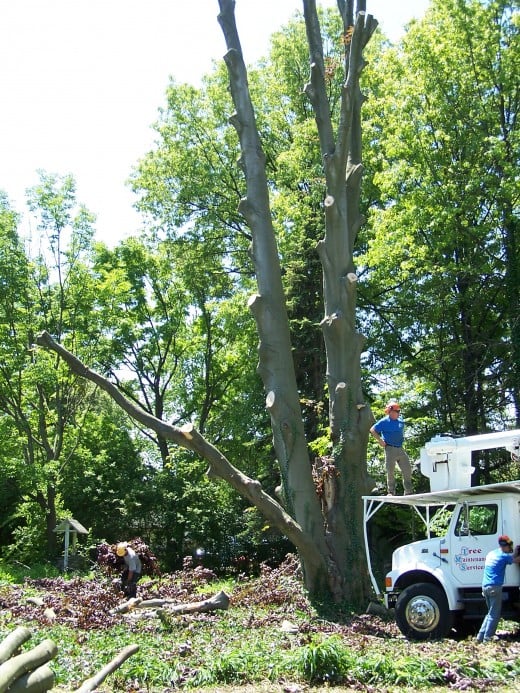
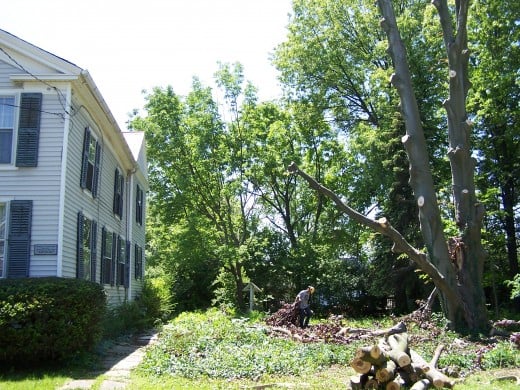
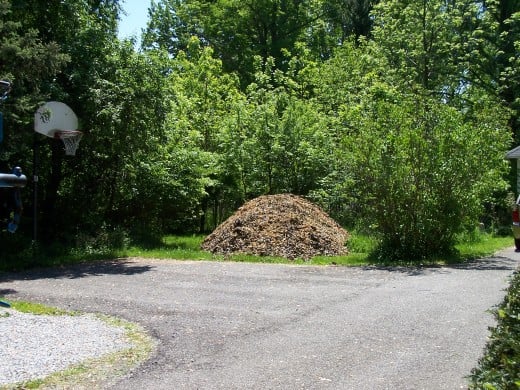
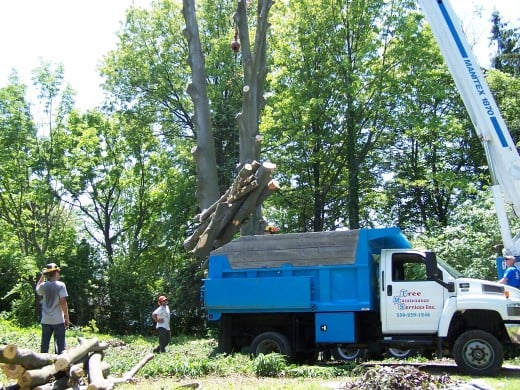
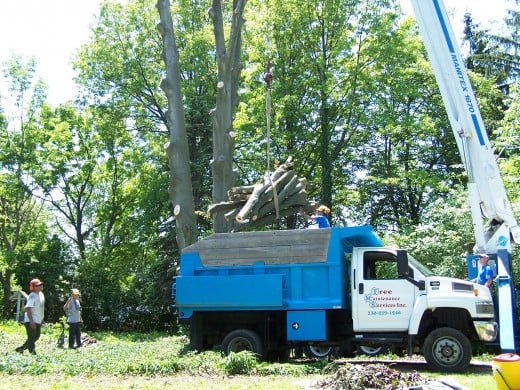
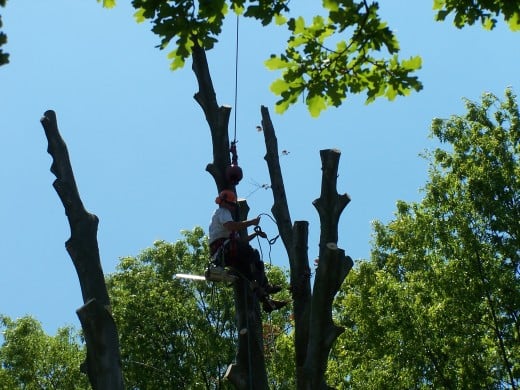
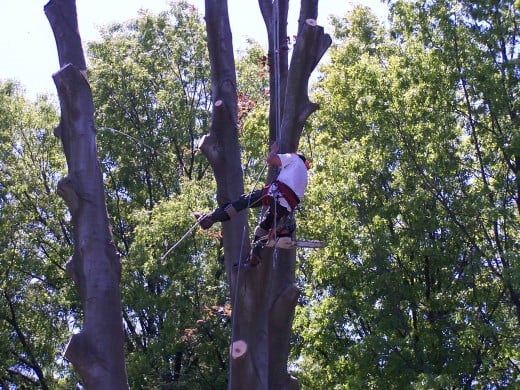

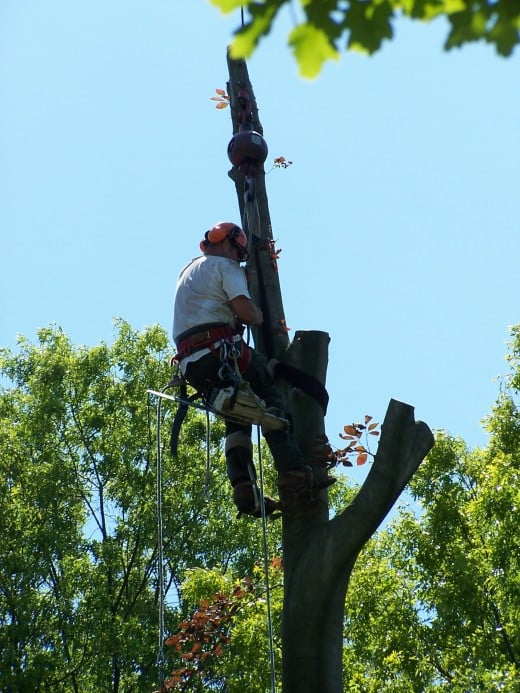

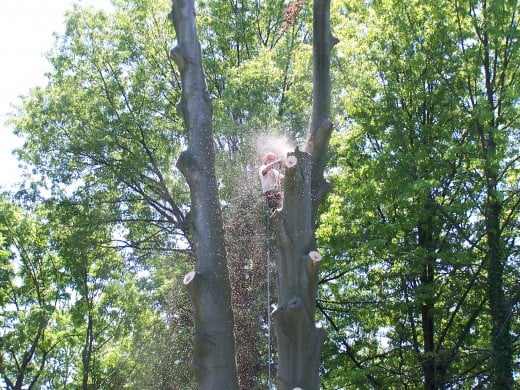
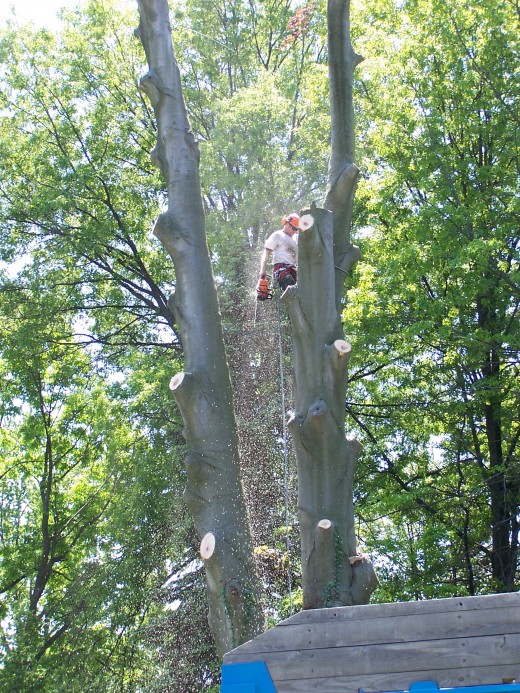


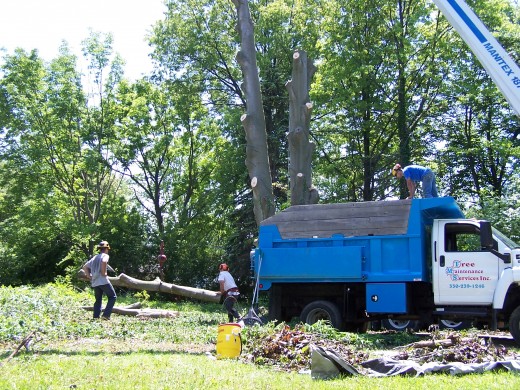
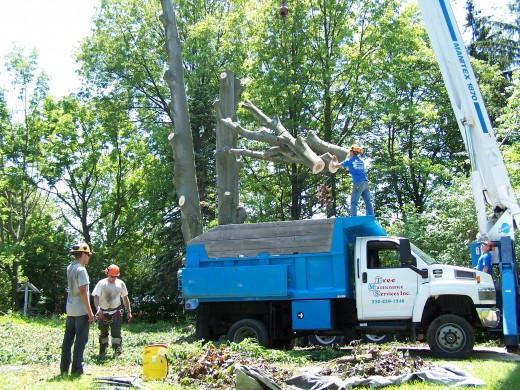
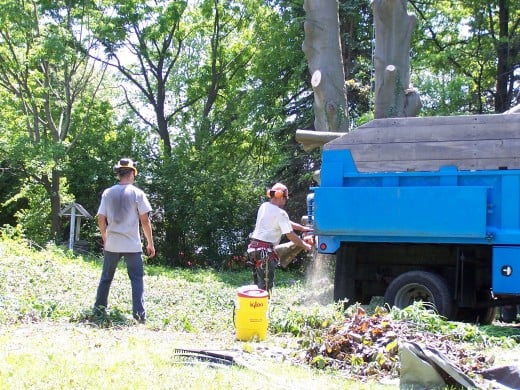

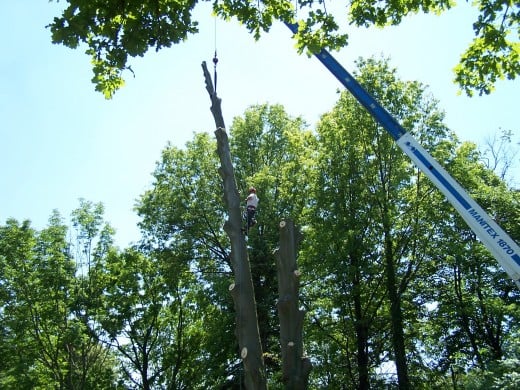
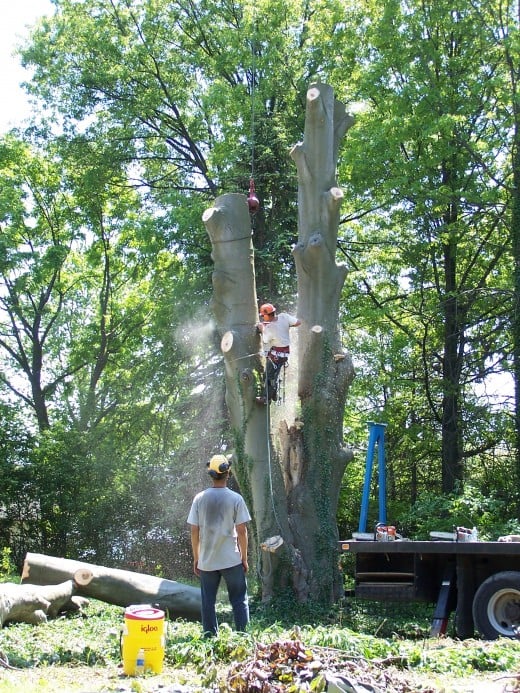
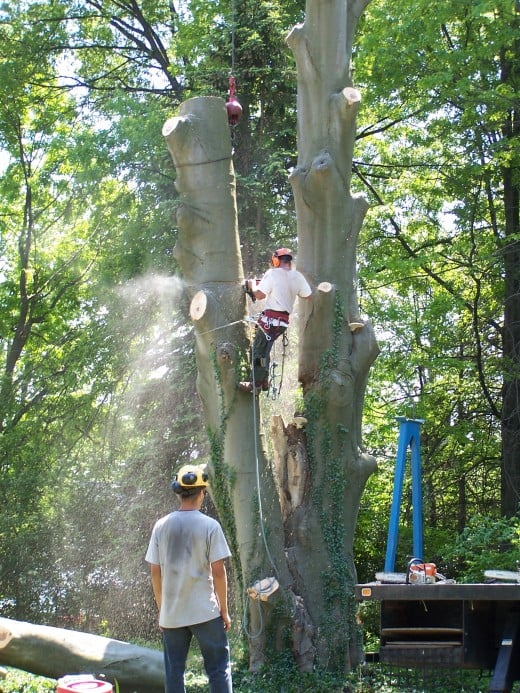
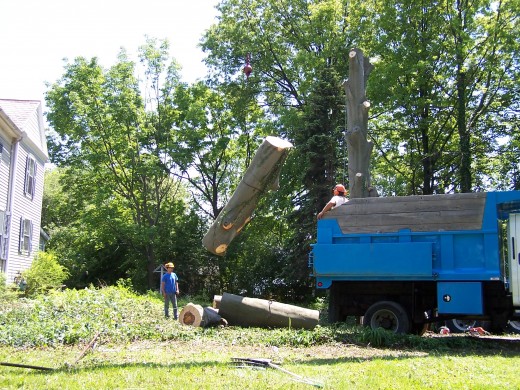
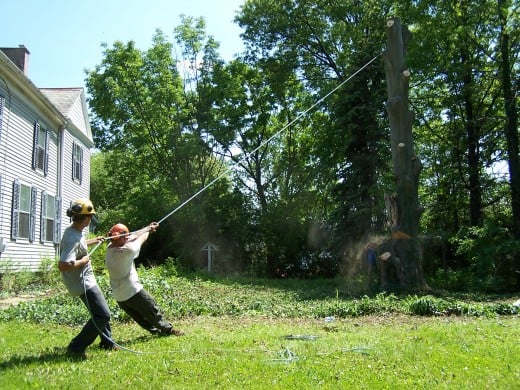
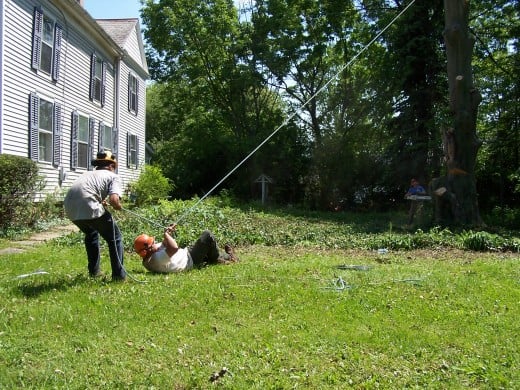
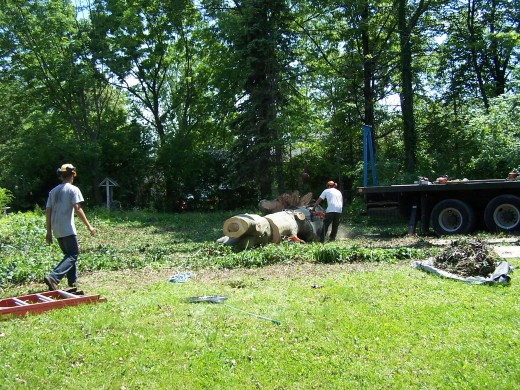
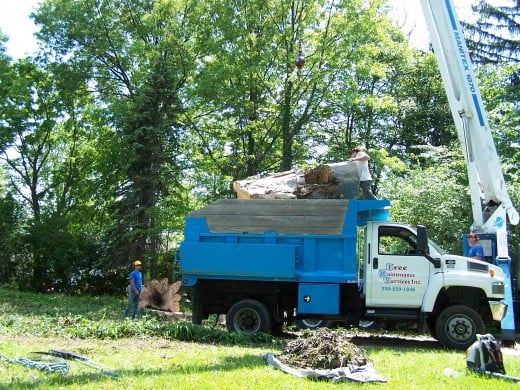
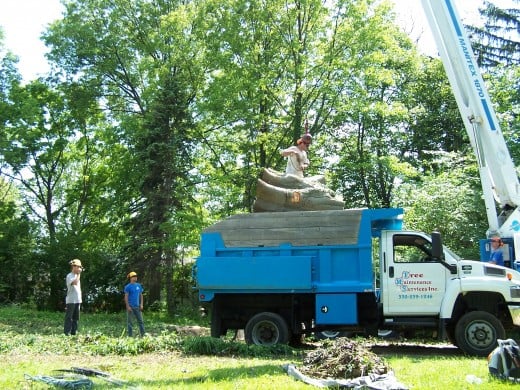
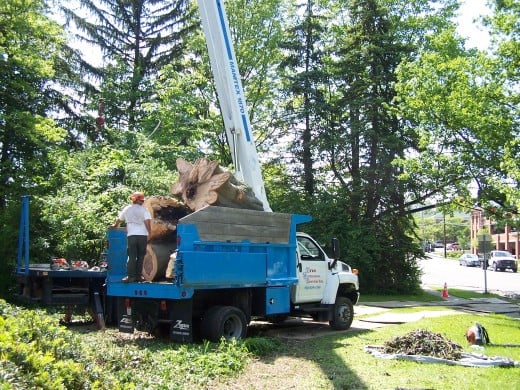
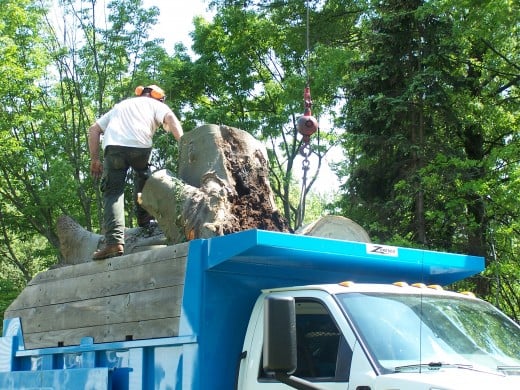

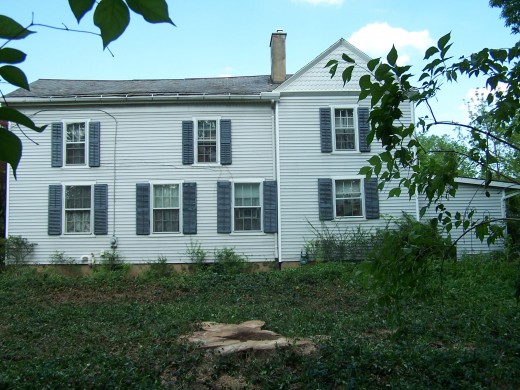
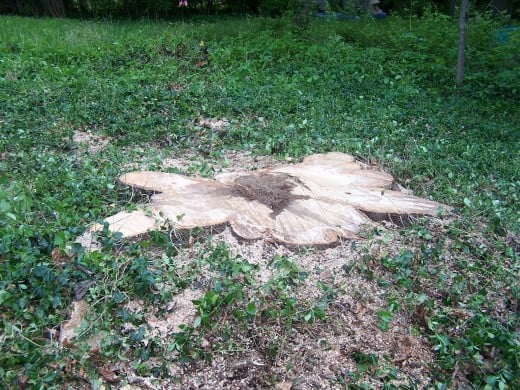

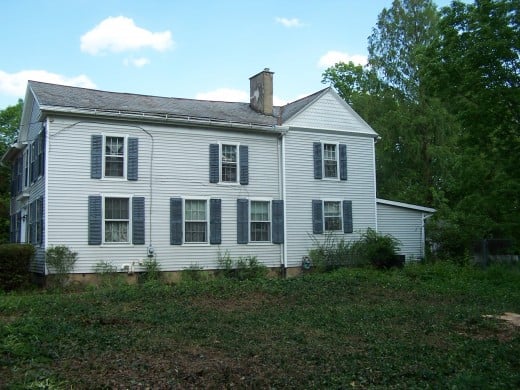
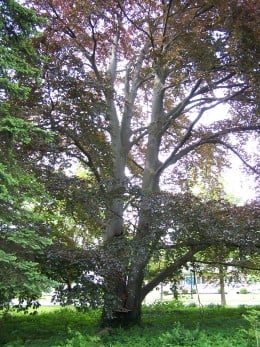
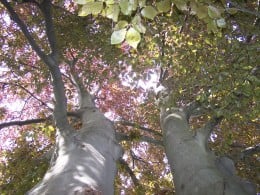

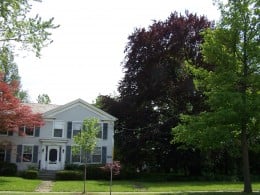

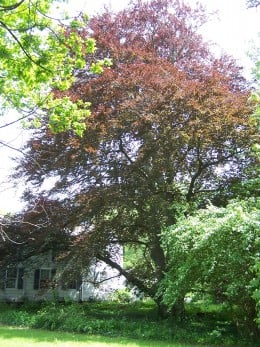

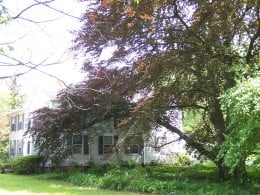


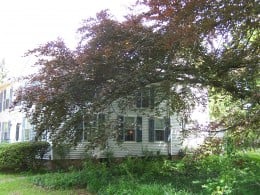
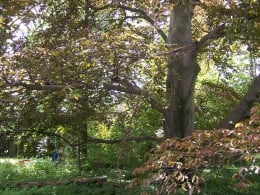
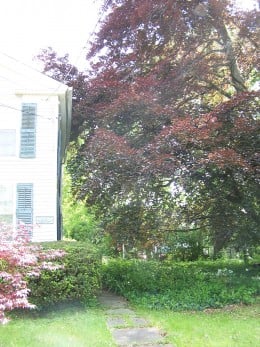
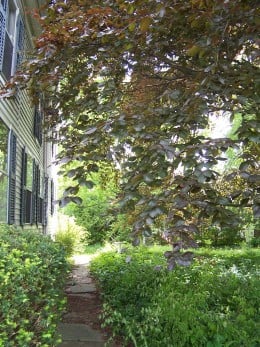


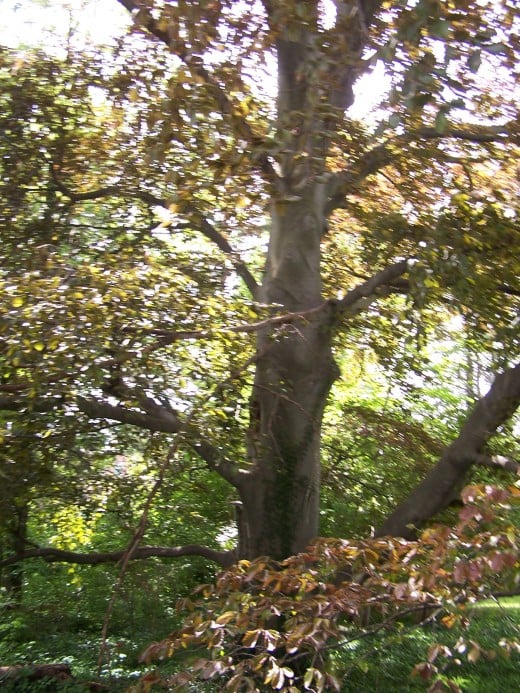
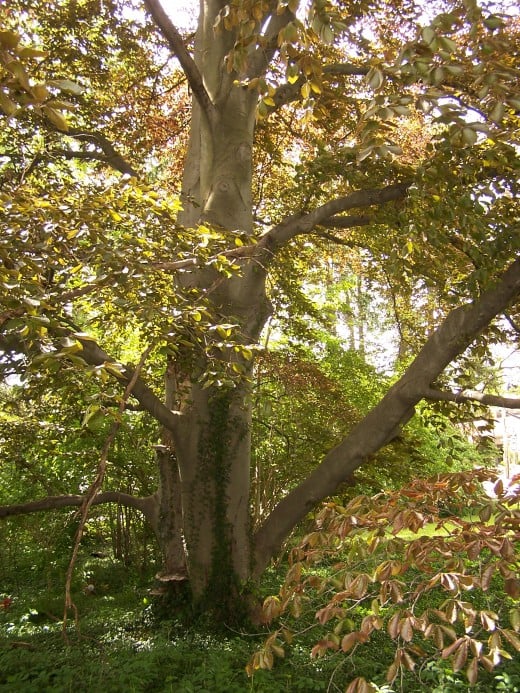

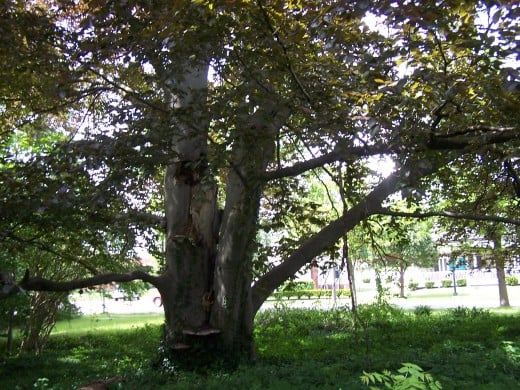
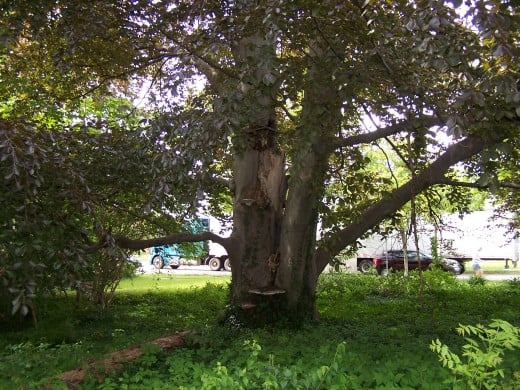



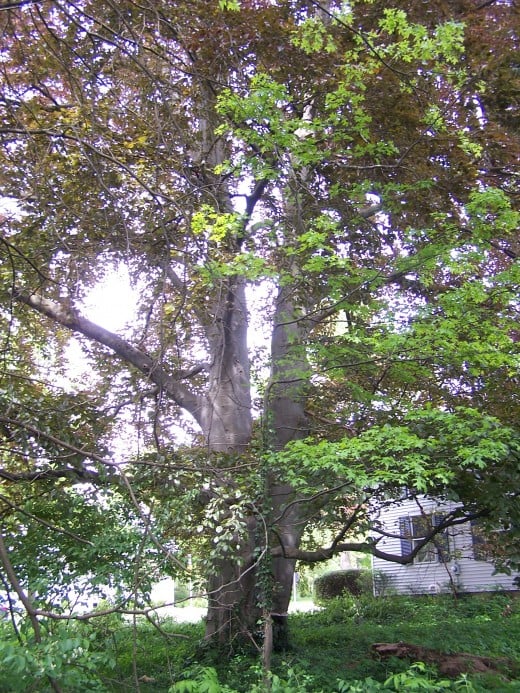
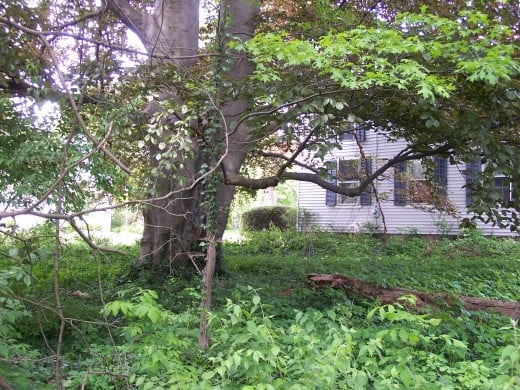
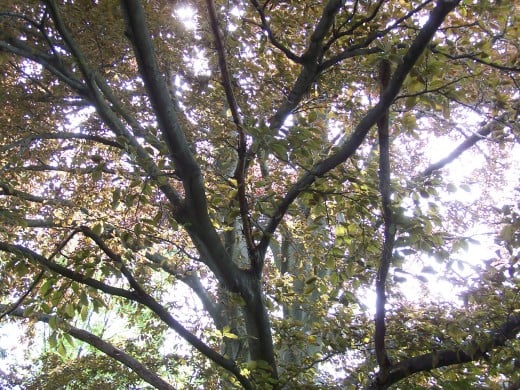


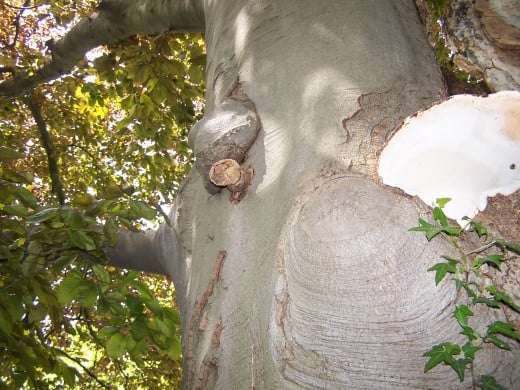
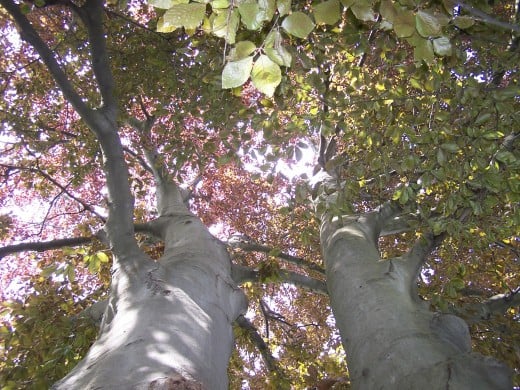
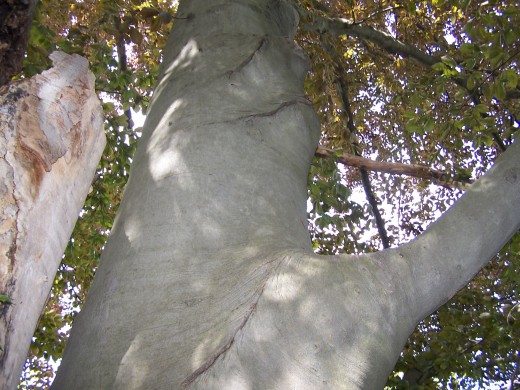
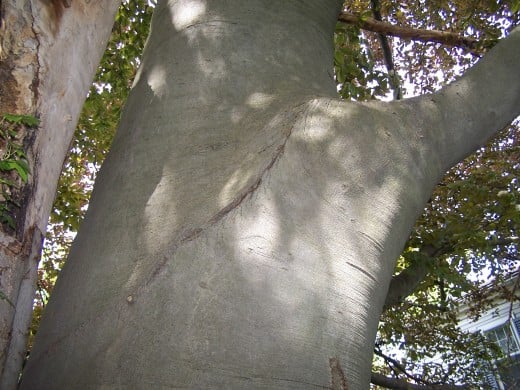



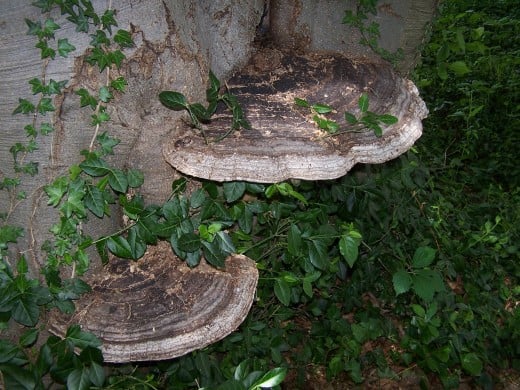
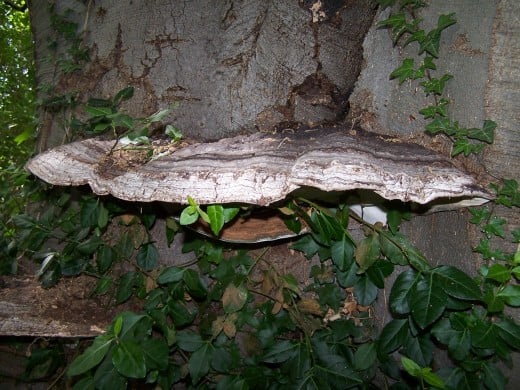
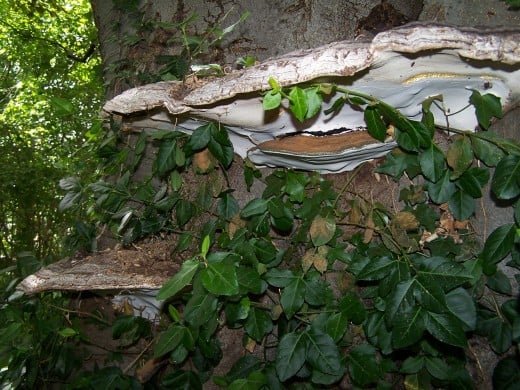


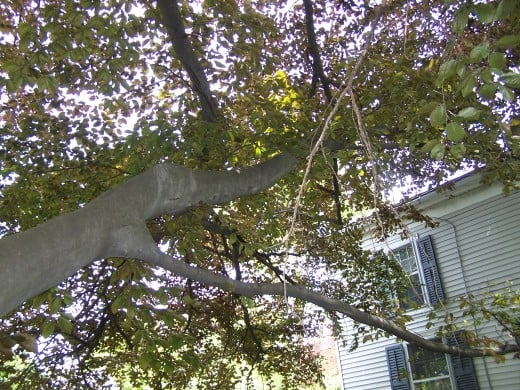
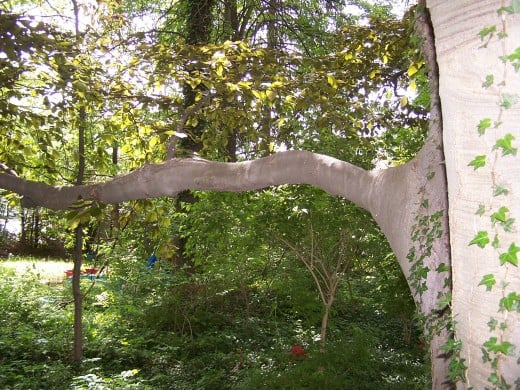

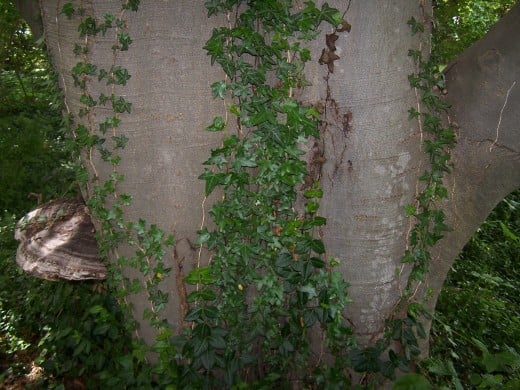
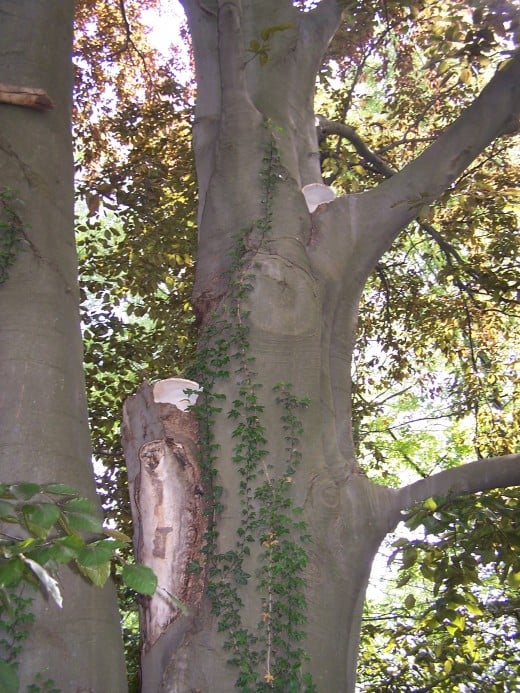
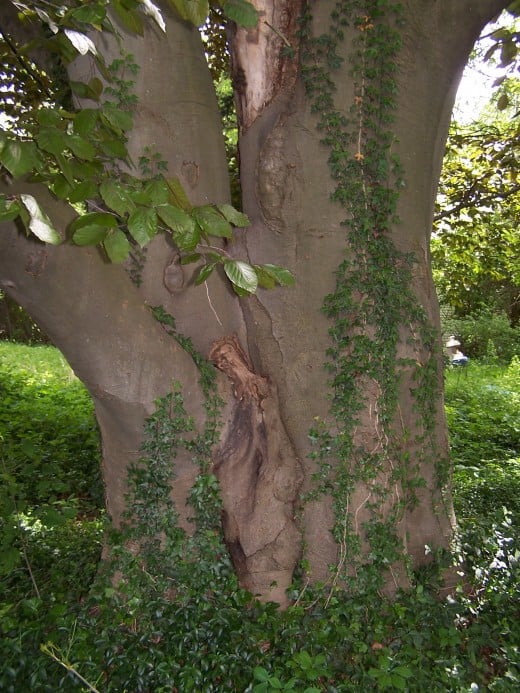
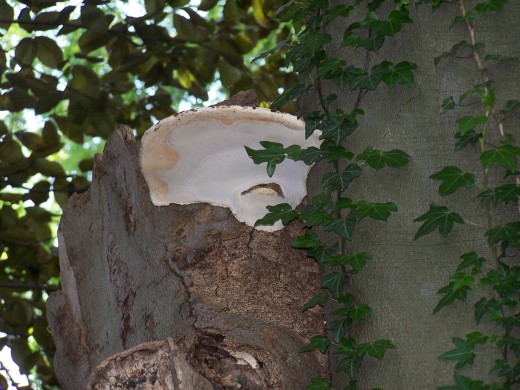
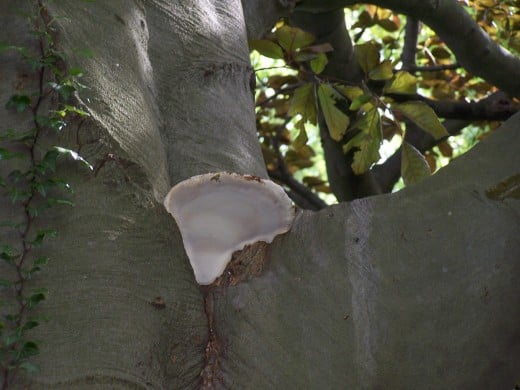
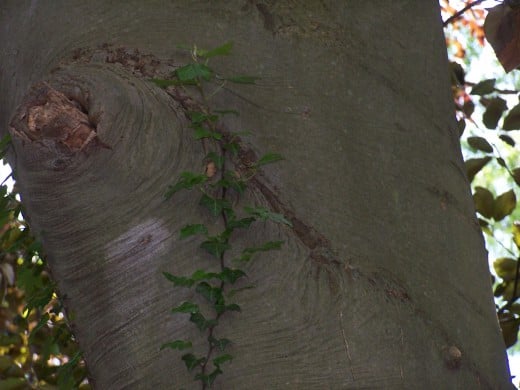
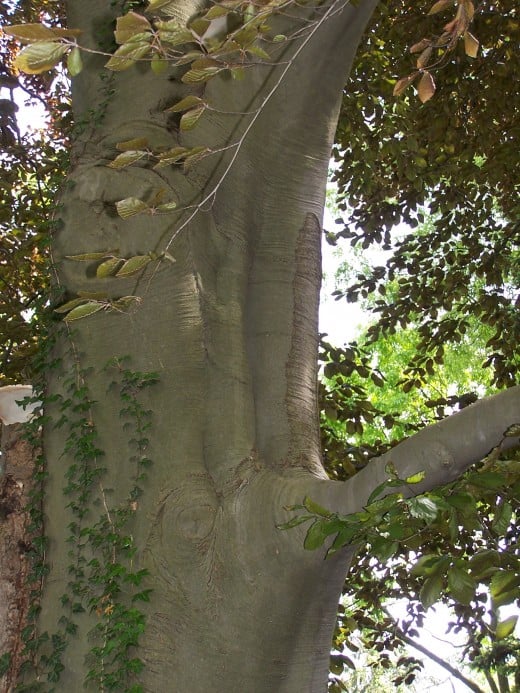


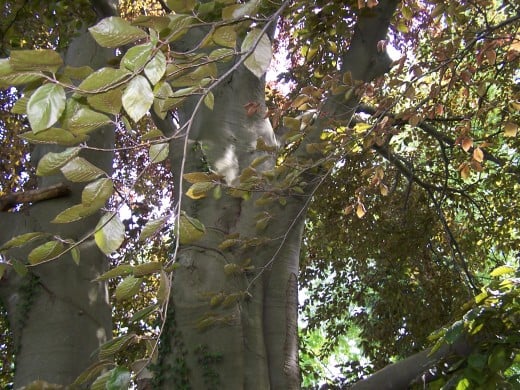
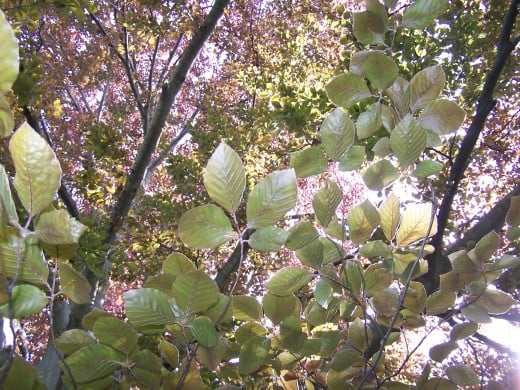
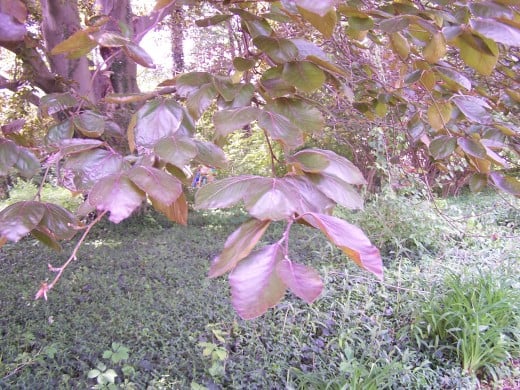
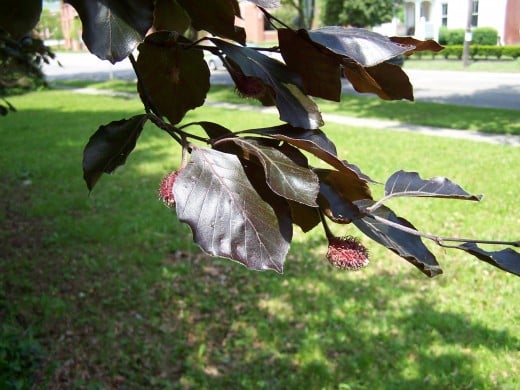
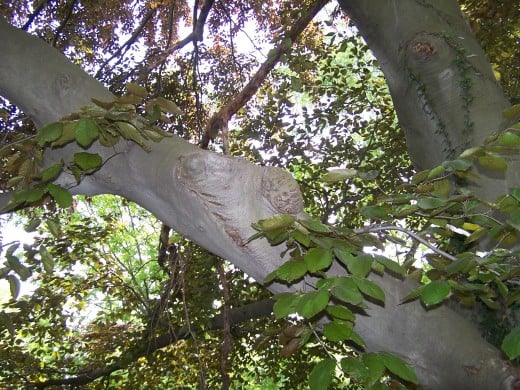


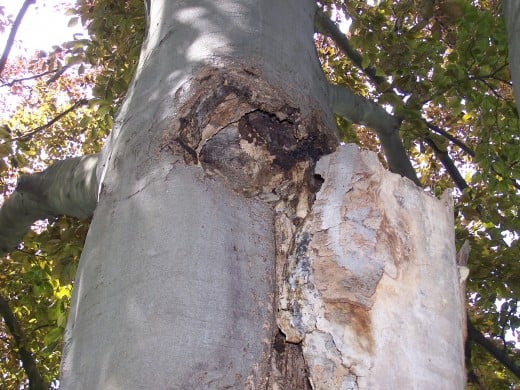
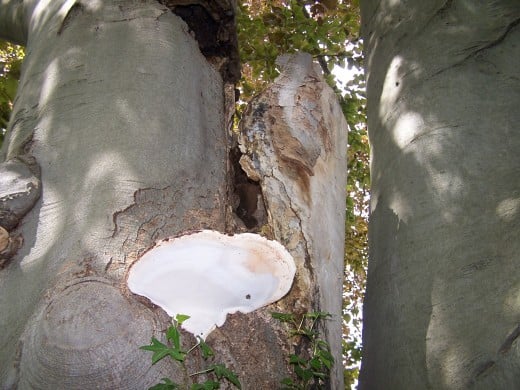

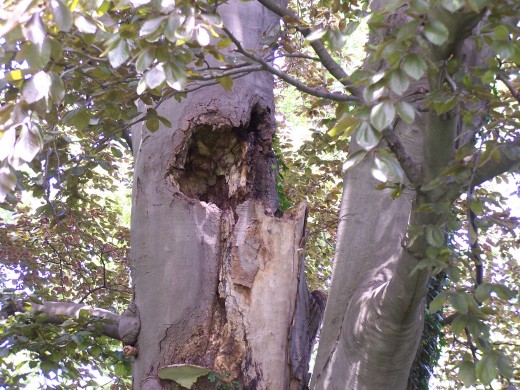

Nancy McC. Wilson 4 years ago
I am daughter of Pauline who was born in the Western Reserve farmhouse beside the copper beech, which will be taken down on May 15. My mother’s lifelong affection for trees is surely linked to the history of that eminent tree. Her loyalty has entered the family gene pool, and has shown up in me, my daughter, and my 17-year old granddaughter. It is wondrous beyond belief that Amy, the present owner and steward of that property, an in-town mini farm a block from the town common, shares this gene of love for this mighty old tree and will be there holding its branched hand as if falls this week. Thank you, and our deep sympathy to you, Amy. Through your words, the story of this tree will last.